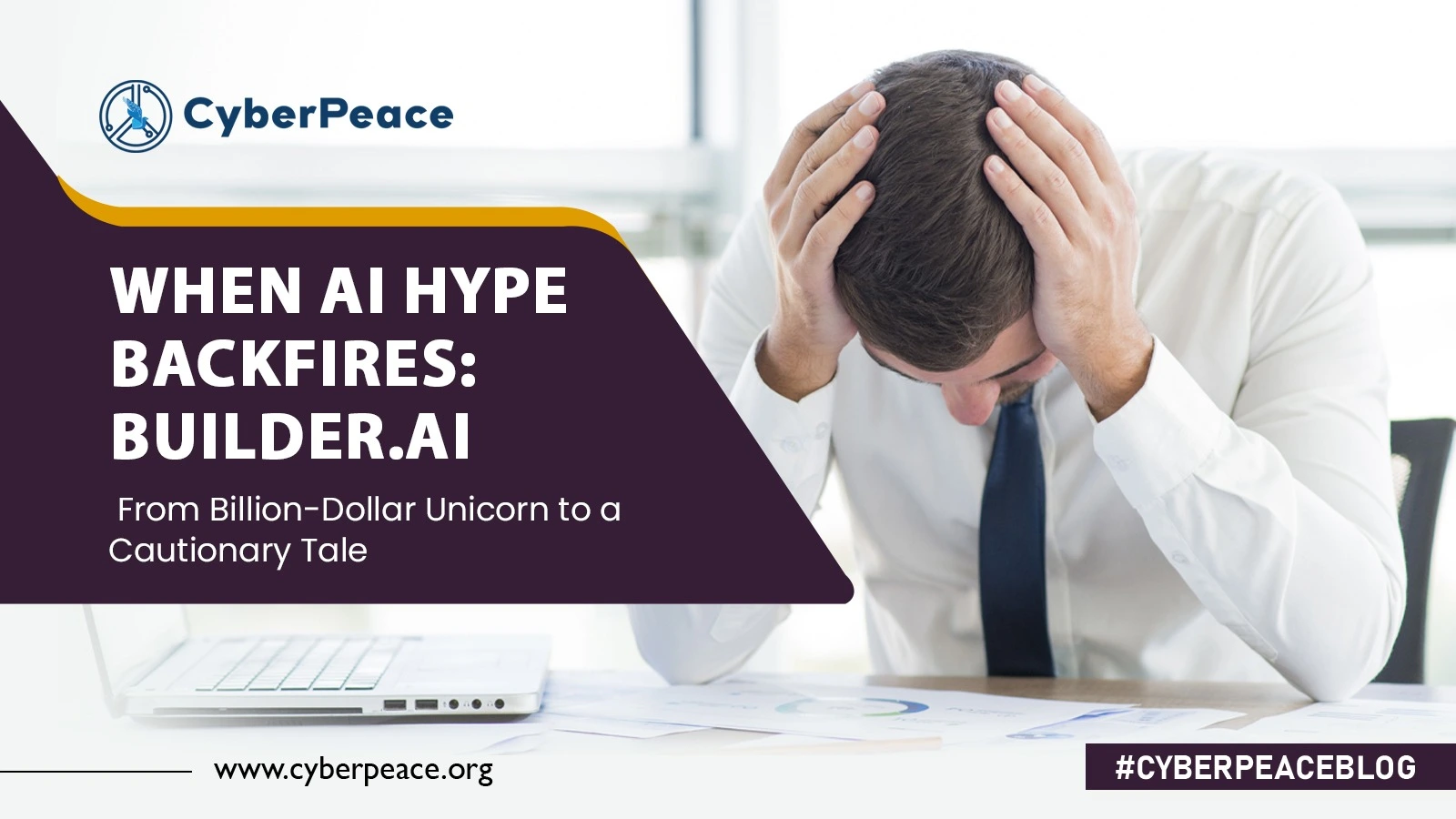TRAI issues guidelines to Access Service Providers to prevent misuse of messaging services
Introduction
The Telecom Regulatory Authority of India (TRAI) on 20th August 2024 issued directives requiring Access Service Providers to adhere to the specific guidelines to protect consumer interests and prevent fraudulent activities. TRAI has mandated all Access Service Providers to abide by the directives. These steps advance TRAI's efforts to promote a secure messaging ecosystem, protecting consumer interests and eliminating fraudulent conduct.
Key Highlights of the TRAI’s Directives
- For improved monitoring and control, TRAI has directed that Access Service Providers move telemarketing calls, beginning with the 140 series, to an online DLT (Digital Ledger Technology) platform by September 30, 2024, at the latest.
- All Access Service Providers will be forbidden from sending messages that contain URLs, APKs, OTT links, or callback numbers that the sender has not whitelisted, the rule is to be effective from September 1st, 2024.
- In an effort to improve message traceability, TRAI has made it mandatory for all messages, starting on November 1, 2024, to include a traceable trail from sender to receiver. Any message with an undefined or mismatched telemarketer chain will be rejected.
- To discourage the exploitation or misuse of templates for promotional content, TRAI has introduced punitive actions in case of non-compliance. Content Templates registered in the wrong category will be banned, and subsequent offences will result in a one-month suspension of the Sender's services.
- To assure compliance with rules, all Headers and Content Templates registered on DLT must follow the requirements. Furthermore, a single Content Template cannot be connected to numerous headers.
- If any misuse of headers or content templates by a sender is discovered, TRAI has instructed an immediate ‘suspension of traffic’ from all of that sender's headers and content templates for their verification. Such suspension can only be revoked only after the Sender has taken legal action against such usage. Furthermore, Delivery-Telemarketers must identify and disclose companies guilty of such misuse within two business days, or else risk comparable repercussions.
CyberPeace Policy Outlook
TRAI’s measures are aimed at curbing the misuse of messaging services including spam. TRAI has mandated that headers and content templates follow defined requirements. Punitive actions are introduced in case of non-compliance with the directives, such as blacklisting and service suspension. TRAI’s measures will surely curb the increasing rate of scams such as phishing, spamming, and other fraudulent activities and ultimately protect consumer's interests and establish a true cyber-safe environment in messaging services ecosystem.
The official text of TRAI directives is available on the official website of TRAI or you can access the link here.
References
- https://www.trai.gov.in/sites/default/files/Direction_20082024.pdf
- https://www.trai.gov.in/sites/default/files/PR_No.53of2024.pdf
- https://pib.gov.in/PressReleaseIframePage.aspx?PRID=2046872
- https://legal.economictimes.indiatimes.com/news/regulators/trai-issues-directives-to-access-providers-to-curb-misuse-fraud-through-messaging/112669368



.webp)









